Table of Contents
The UNESCO Sites in Norway have resulted from the recognition of 8 cultural and natural landmarks as UNESCO World Heritage Sites in Norway and 5 locations on the Norway UNESCO tentative list. These tourist sites in Norway are acknowledged for their unique and valuable cultural, natural, artistic, and historical significance and are preserved for future generations to enjoy.
In addition to these 8 sites in the Norway UNESCO list, many other places to travel to Norway are being considered for UNESCO recognition. These sites, listed on the tentative list, showcase the country’s rich cultural heritage and are waiting for approval to join the prestigious and famous World Heritage Sites list.
To help visitors discover these remarkable Norway tourist attractions, we have assembled an interactive map of the UNESCO sites in Norway.
Norway UNESCO Map
Click markers to show information and photo.
World Heritage Sites in Norway
UNESCO World Heritage Sites in Norway
There is 8 UNESCO World Heritage Site in Norway. All of these three sites are listed under the Cultural category.
- Bryggen
- Rjukan-Notodden Industrial Heritage Site
- Rock Art of Alta
- Røros Mining Town and the Circumference
- Struve Geodetic Arc
- Urnes Stave Church
- Vegaøyan – The Vega Archipelago
- West Norwegian Fjords – Geirangerfjord and Nærøyfjord
UNESCO World Heritage Sites in Norway are protected locations for their cultural and natural importance.
Bryggen
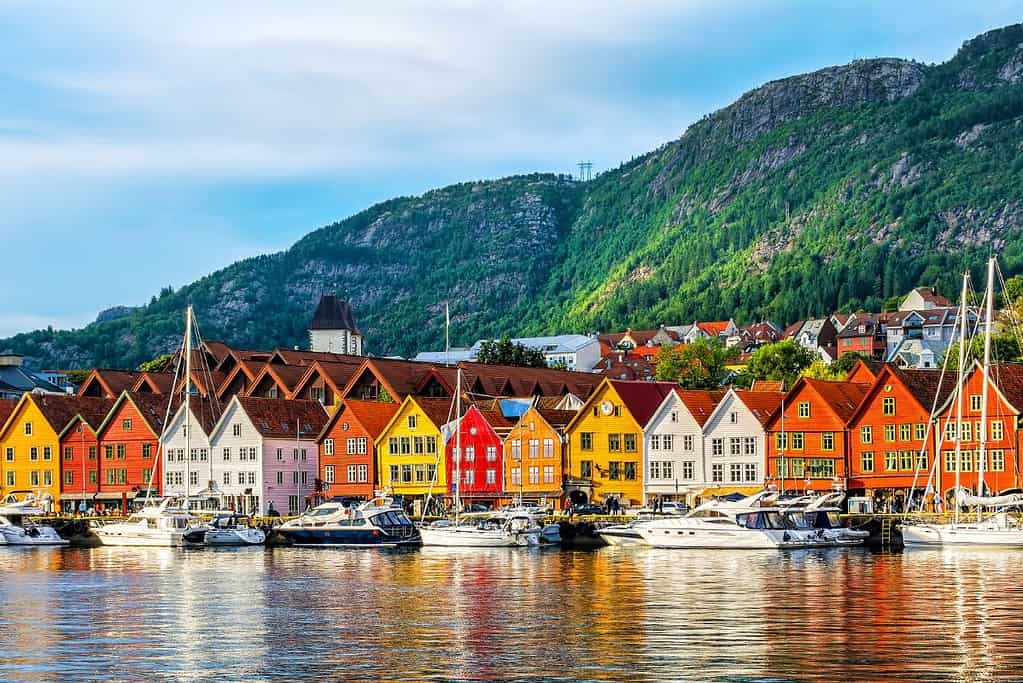
Bryggen, a UNESCO World Heritage Site, is in Bergen, Norway. It is a historic wharf district that dates back to the Hanseatic League in the 14th century. The iconic wooden buildings of Bryggen have stood the test of time, showcasing the architectural and cultural heritage of the area. These colorful structures, with their gabled facades and narrow alleyways, offer a glimpse into Bergen’s vibrant past as a thriving trade center. Today, Bryggen is a fascinating historical site and a lively hub filled with shops, restaurants, and museums, making it a must-visit destination for travelers from around the world.
Rjukan-Notodden Industrial Heritage Site
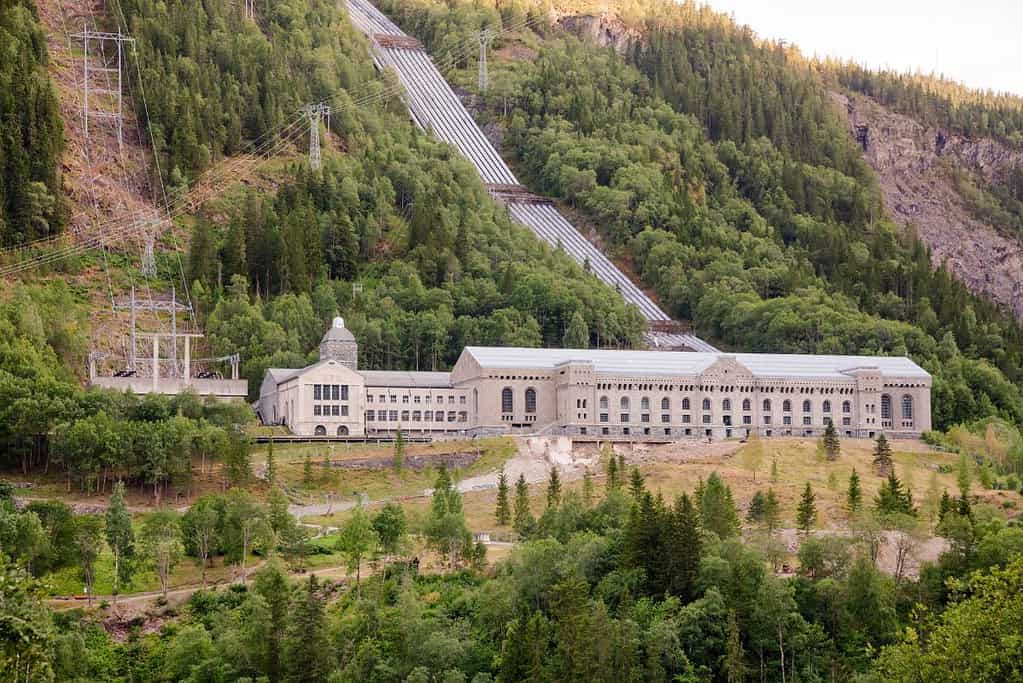
The Rjukan-Notodden Industrial Heritage Site is a UNESCO World Heritage Site in Norway. This site represents an exceptional example of industrial development from the early 20th century. It showcases the significant contributions made by the hydroelectric power industry in Norway, particularly in producing fertilizers. The site includes various industrial installations, including power plants, factories, transport systems, and workers’ residential areas. The Rjukan-Notodden Industrial Heritage Site stands as a testament to Norway’s pioneering efforts in utilizing natural resources for industrial purposes, impacting the region’s development and economic growth.
Rock Art of Alta
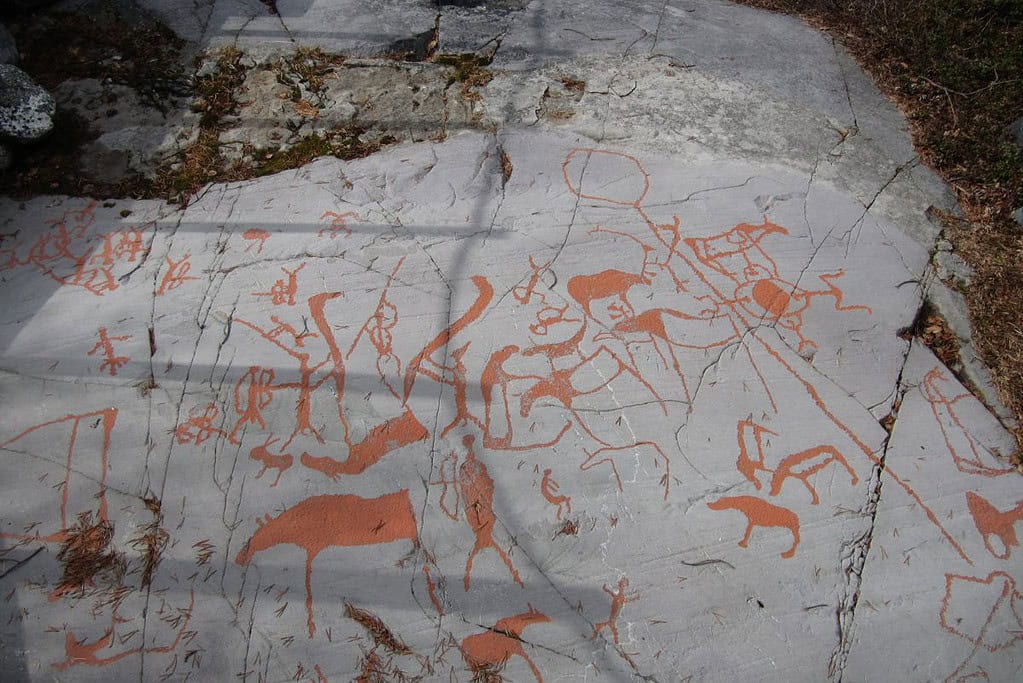
The Rock Art of Alta is a UNESCO World Heritage Site located in the municipality of Alta in Norway. It is renowned for its exceptional collection of prehistoric rock carvings that date back as far as 4200 BCE. These carvings, created by the early hunter-gatherer communities, depict various animals, scenes of daily life, and spiritual symbols. The site offers a remarkable glimpse into the ancient cultural practices and beliefs of the people who once inhabited the region. The Rock Art of Alta is a testament to human creativity and artistic expression and a significant archaeological treasure that provides valuable insights into our shared history.
Røros Mining Town and the Circumference
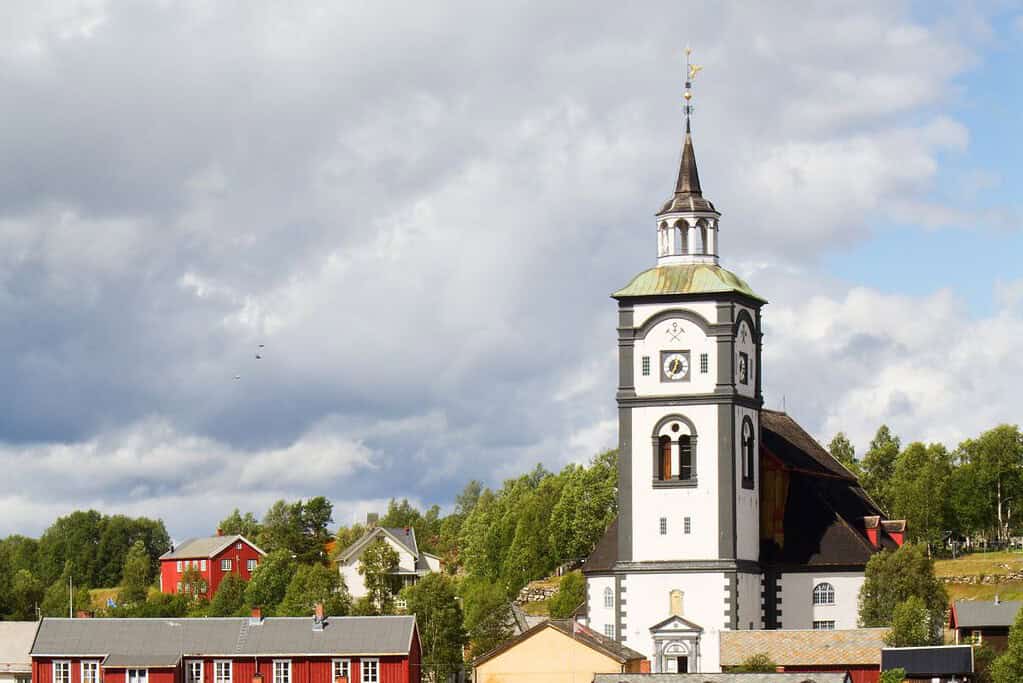
Røros Mining Town and the Circumference is a UNESCO World Heritage Site in Norway. This historic mining town and surrounding area offer a remarkable glimpse into the country’s mining heritage. Røros flourished during the 17th and 18th centuries as a prominent copper mining center, and its well-preserved wooden buildings and structures reflect the town’s rich cultural and architectural heritage. Visitors can explore the intricate network of mines, discover the old smelting houses, and wander through the charming streets lined with traditional houses. The site showcases the harmonious integration of human activity with the natural environment, making it a captivating destination for history enthusiasts and nature lovers.
Struve Geodetic Arc
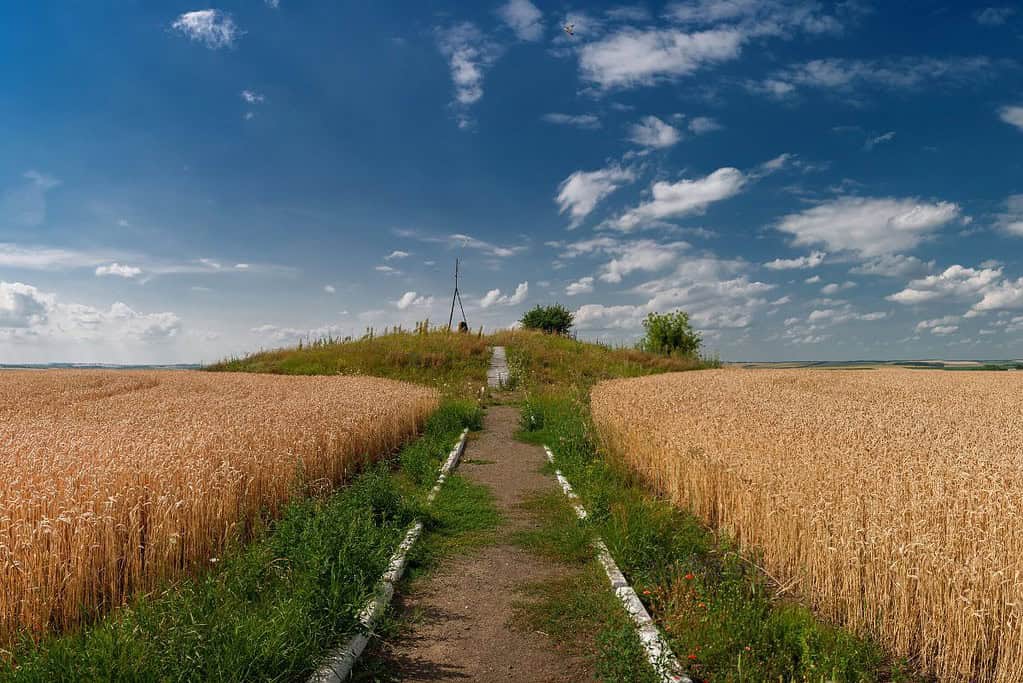
The Struve Geodetic Arc in Norway is a UNESCO World Heritage Site of significant scientific and historical importance. This arc is a chain of triangulation points that stretches across ten countries, including Norway. It was established in the 19th century to measure the shape and size of the Earth accurately. In Norway, the Struve Geodetic Arc encompasses several measurement points, including the iconic tower at Hammerfest. These points represent a remarkable feat of scientific collaboration and serve as a testament to the advancements in geodesy during that time. The Struve Geodetic Arc in Norway is a remarkable reminder of humanity’s pursuit to understand and measure the world around us.
Urnes Stave Church
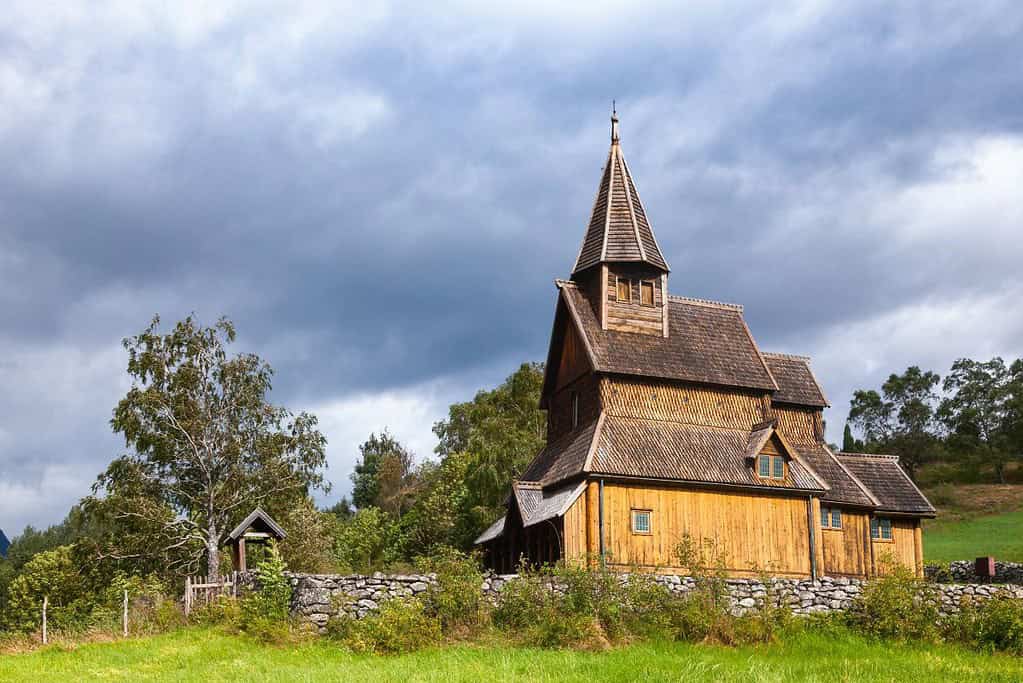
Urnes Stave Church is a UNESCO World Heritage Site located in Norway. It is a remarkable example of medieval wooden architecture and dates back to the 12th century. The church is renowned for its intricate carvings and distinctive stave construction technique, which uses vertical wooden posts to support the structure. The church’s design combines Viking and Christian influences, creating a unique and culturally significant building. Urnes Stave Church is a testament to Norway’s rich history and craftsmanship, attracting visitors worldwide to admire its beauty and historical importance.
Vegaøyan – The Vega Archipelago
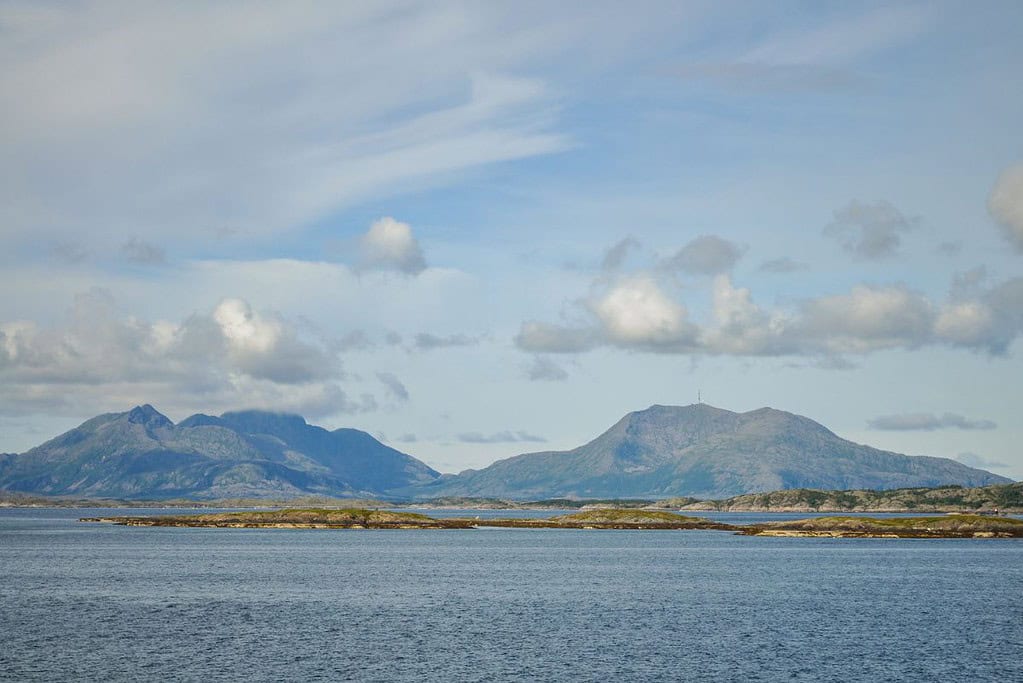
Vegaøyan, also known as the Vega Archipelago, is a UNESCO World Heritage Site in Norway. It is a unique cultural landscape consisting of several islands and islets off the coast of Helgeland. The archipelago holds outstanding universal value due to its traditional eider-down harvesting practices, passed down through generations. The local communities have developed a sustainable and cooperative system for protecting and utilizing the eider ducks and their nests. This exceptional cultural tradition, combined with the stunning natural beauty of the archipelago, makes Vegaøyan a truly remarkable and captivating destination for visitors worldwide.
West Norwegian Fjords – Geirangerfjord and Nærøyfjord
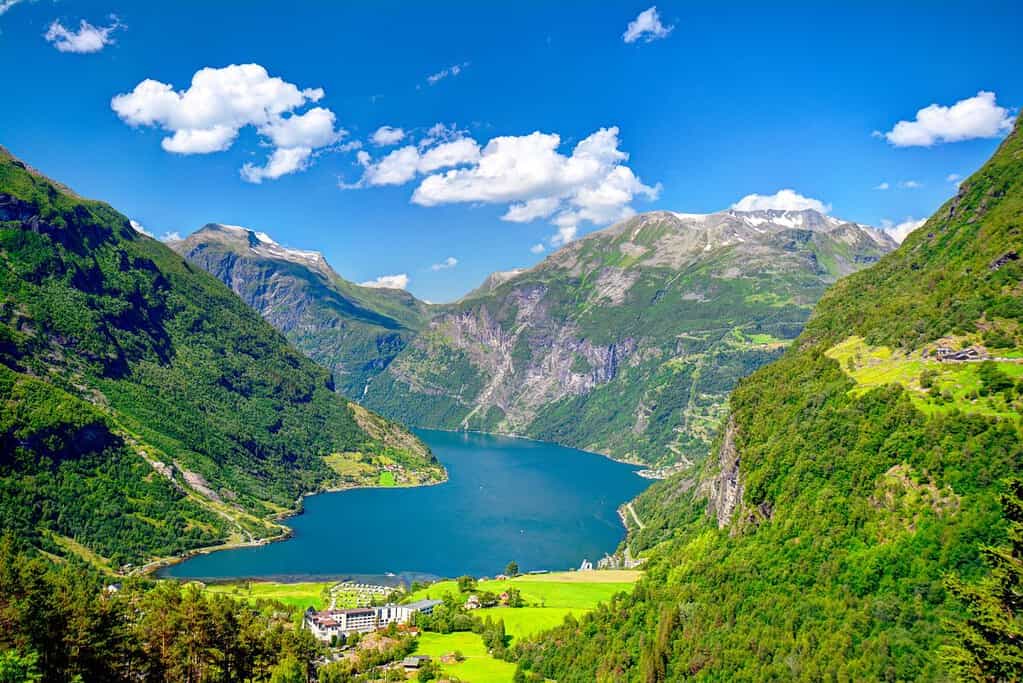
The West Norwegian Fjords, including the Geirangerfjord and Nærøyfjord, are UNESCO World Heritage Sites in Norway. These majestic fjords showcase the country’s landscape’s remarkable beauty and natural wonders. The Geirangerfjord is known for its deep blue waters, towering snow-capped mountains, and breathtaking waterfalls like the Seven Sisters and the Bridal Veil. The Nærøyfjord is celebrated for its narrow and dramatic landscapes, surrounded by cliffs and cascading waterfalls. Together, these fjords offer visitors a captivating experience, immersing them in the awe-inspiring grandeur of Norway’s natural splendor.
Norway UNESCO tentative list
- The Laponian Area – Tysfjord, the fjord of Hellemobotn and Rago (extension)
- The Lofoten islands
- Svalbard Archipelago
- Islands of Jan Mayen and Bouvet as parts of a serial transnational nomination of the Mid-Atlantic Ridge system
- Viking Monuments and Sites / Vestfold Ship Burials and Hyllestad Quernstone Quarries
Tours in Norway
Our Norway tour choices are divided into thematic features such as Oslo, Bergen, and Tromsø Experience.
